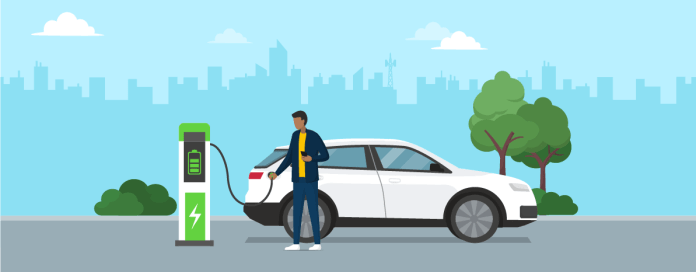Electric vehicles (EVs) are quickly becoming more popular due to their eco-friendliness and cost savings on fuel. However, one of the biggest concerns for potential EV owners is the availability of charging infrastructure. Luckily, there are a variety of Electric Vehicle Charging Solutions available for EV owners to choose from.
Level 1 Charging
Level 1 charging is the simplest and most basic form of EV charging. This method uses a standard 120-volt outlet, and the charging cable that comes with your EV can be plugged directly into the outlet. This type of charging is typically the slowest and can take several hours to fully charge your vehicle. Level 1 charging is best suited for EV owners who have a low daily commute and have access to a standard outlet in their home or garage.
Level 2 Charging
Level 2 charging is a more powerful charging option and requires a 240-volt outlet. These chargers can be installed in your home or garage by an electrician or purchased as a standalone unit. Level 2 charging can take anywhere from a few hours to overnight to fully charge an EV, depending on the battery size. Level 2 charging is best suited for EV owners who have a moderate daily commute and want a faster charging solution in their home.
DC Fast Charging
DC fast charging, also known as Level 3 charging, is the fastest EV charging solution currently available. These chargers use a direct current (DC) and can charge an EV up to 80% in as little as 30 minutes. DC fast charging is typically found at public charging stations and is not recommended for frequent use as it can cause wear and tear on the battery. DC fast charging is best suited for EV owners who frequently take long road trips or have a higher daily commute and need a quick charging solution while on the go.
Wireless Charging
Wireless charging, also known as inductive charging, is a newer technology that eliminates the need for a physical connection between the charging station and the EV. Instead, the EV is parked over a charging pad, and the energy is transferred wirelessly through electromagnetic induction. Wireless charging is still in its infancy, and the technology is not yet widely available or cost-effective.
Conclusion
There are a variety of electric vehicle charging solutions available to fit the needs of different EV owners. Level 1 charging is the most basic and requires a standard outlet, while Level 2 charging is a faster option that requires a 240-volt outlet. DC fast charging is the quickest option and is best suited for EV owners who frequently take long road trips or have a higher daily commute. Wireless charging is a newer technology that is still in development but has the potential to revolutionize EV charging in the future. Whatever charging solution you choose, it is important to make sure it fits your needs and lifestyle.
Source: https://www.marketresearchfuture.com/reports/electric-vehicle-charging-station-market-5401
